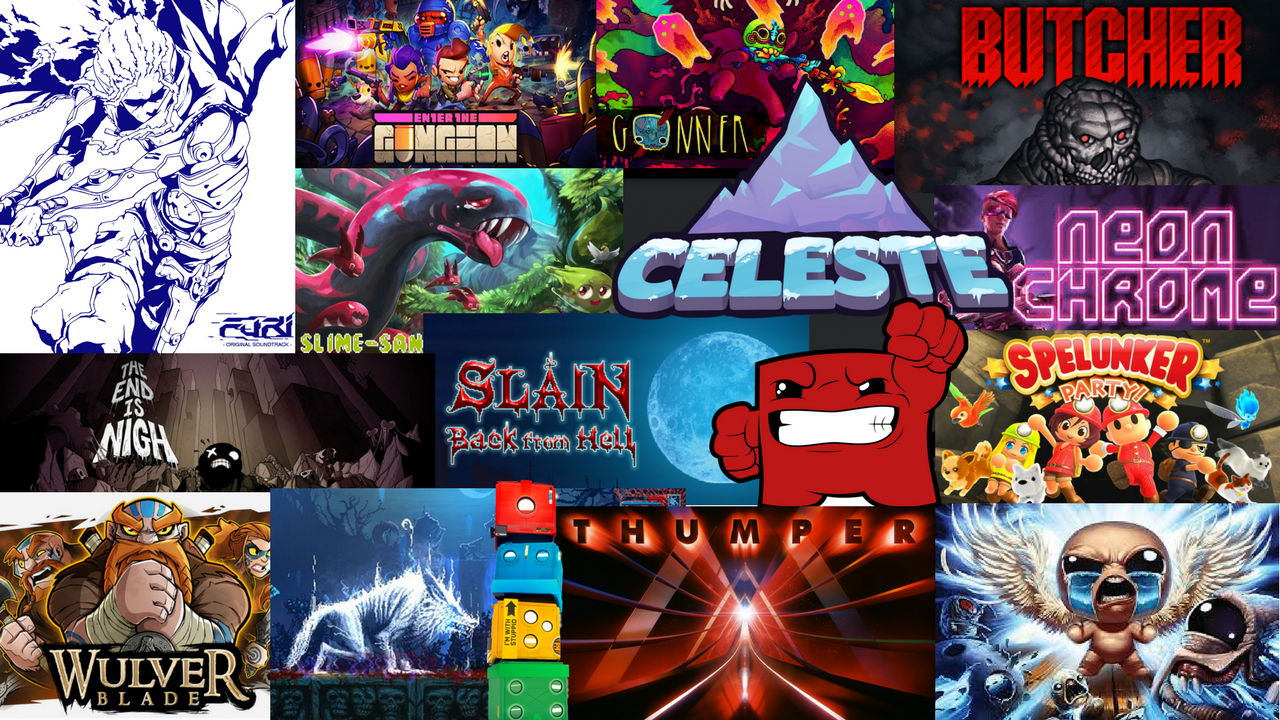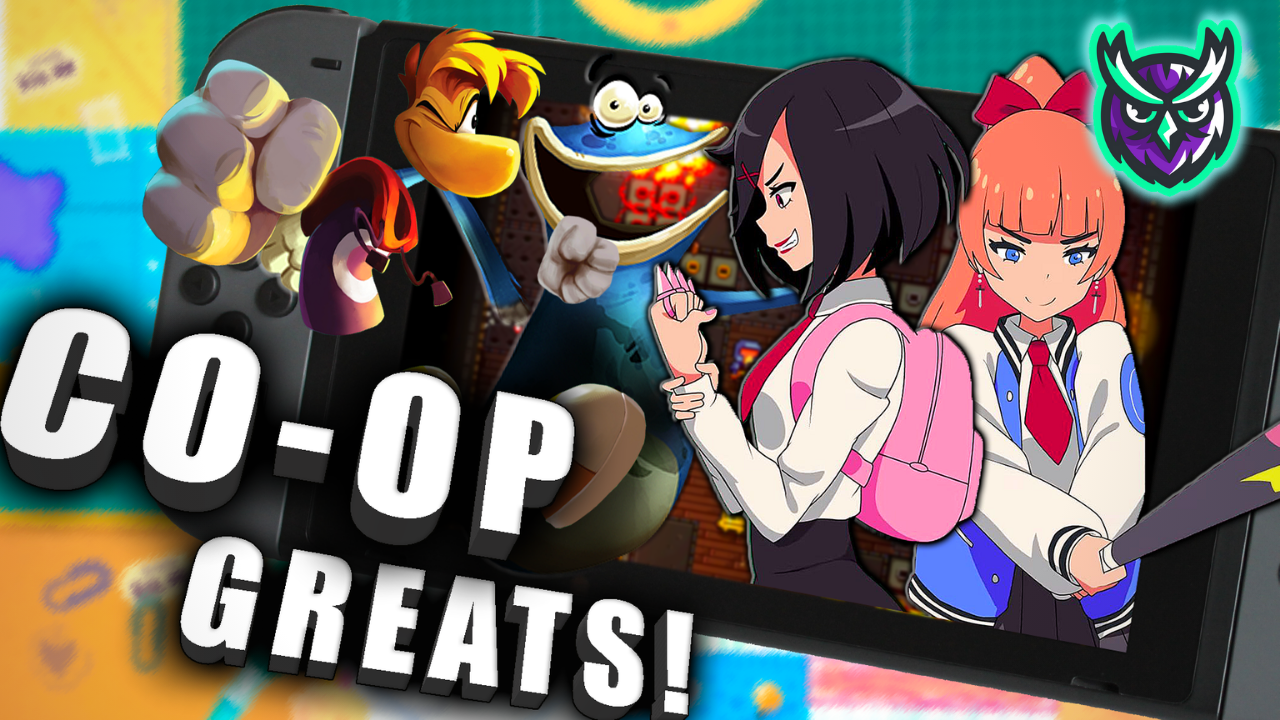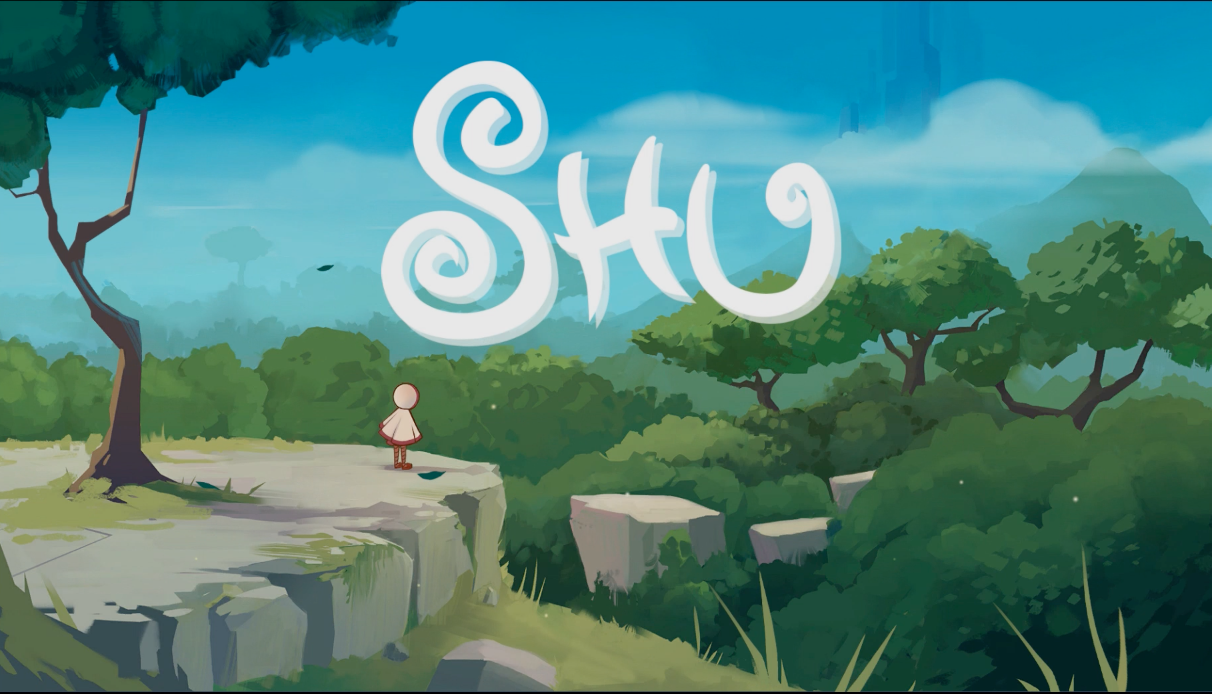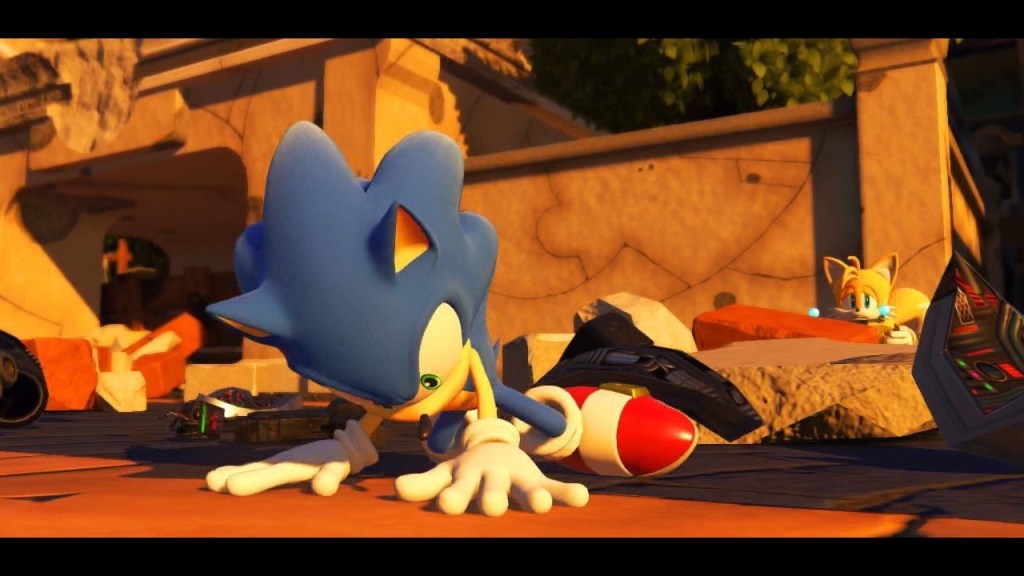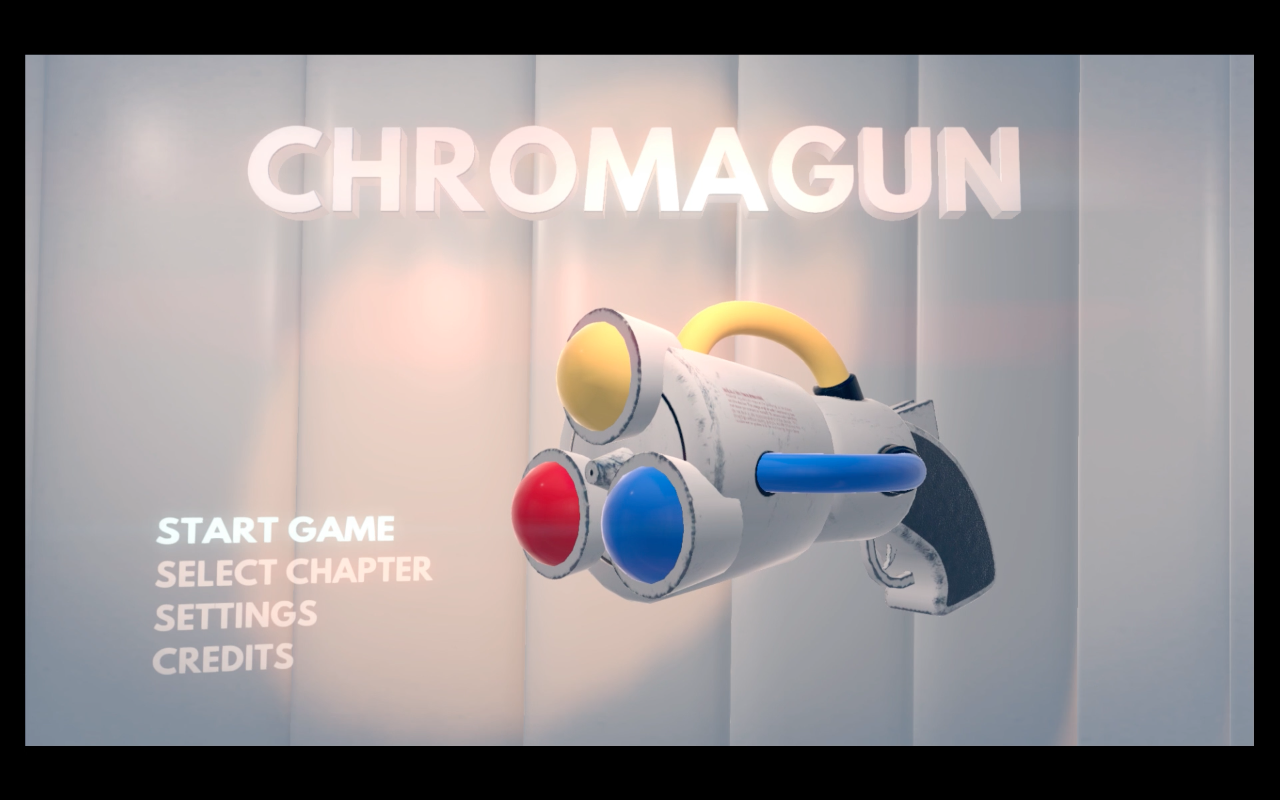Shu Nintendo Switch Review by SwitchWatch
Developer: Coatsink
Publisher: Coatsink
Release Date: January 23rd 2018
Price as of Article: $9.99 USD, £7.69 GBP
Shu from Coatsink Software is a simple yet charming platformer that released on PC just over a year ago. It’s seen a release on the PlayStation 4 and Vita, but now it’s here on the Nintendo Switch. When you put a platformer on Nintendo hardware, the company renowned for their high quality games of the same genre, it must be up to scratch… and Shu is almost there! This 2D platformer may be right up your alley.

As you’d expect from a cheap indie platformer, the story is on the minimalistic side, although it does try to give you a narrative. Telling a story completely without speech is a difficult task but Shu manages to do it fairly well. With low-animated cutscenes, the game sets the story out: You are a bird-like creature who is sent on a journey in order to outrun the end of the world. A great scourge or flood is quickly enveloping the world and you need to reach a special place in order to stop it. While Shu is the main protagonist, there are numerous other characters who will accompany you on your journey from time to time. And that’s about it from the story side of things. There are brief murmurings of story that could pop up but fail to do so which is a shame, making the story a weaker aspect of Shu.
I know it’s just a small game with a budget to match so it’s difficult to be harsh on something that is genuinely trying. It’s obvious they focused their efforts on the more important side of the game rather than something that many people would disregard even if it’s the best story ever.
The music of the game is made of completely original compositions which is something I always approve of. For the most part the music takes a more passive role overall aside from during some highly tense chase scenes. It’s generally on the quiet side and non-interruptive which actually makes it quite difficult to appreciate what is actually a cute little soundtrack. It’s very exotic and cultural that fits each area well even though they often rely on the same instruments such as guitar, tribal drums and panpipes.
Visually I think Shu is rather lovely. Your character is actually hand drawn but the environments are all 3D models. It works well and the two opposing styles work nicely together thanks to the pastel nature of the colour palette. If I was going to make a comparison I would say the art style of Shu reminds me quite a bit of Donkey Kong Country Tropical Freeze, although slightly more simplistic and on the cel-shaded side. Just looking at the first world, for example, you almost feel at peace due to it’s soft gentile nature.
I really enjoyed the scope that Shu gives off with its vast landscapes off in the background. It adds a whole layer of epicness to the the game that you don’t usually get in most indie platformers, so in that regard it’s great. I especially appreciate the earlier levels more in this regard, later levels become more enclosed and less wondrous, but do still have more depth than your average platformer.
As far as performance goes, Shu runs smoothly in both docked and handheld mode, no problems as far as I could tell, although I only played two levels or so in handheld so I don’t know how fully representative of the game those two levels were. What I did notice is that playing in handheld mode made my Switch heat up as though it was playing Zelda or something, the fan always went full power oddly enough.
Now let’s get into the gameplay. As unflattering as it may be, Shu is your bog standard 2D platformer. You move from left to right, jumping over stuff, collecting things and then hopefully making it to the other end of the stage in one piece.

Unlike many of his platforming rivals, Shu’s only real ability is being able to glide. He can’t really do much else. Sure, you’ll be gliding almost constantly with the shoulder button, but in order to accomplish other things Shu needs to rely on his friends that he’ll occasionally meet in the levels. Each different friend you meet gives you a different ability to use whether it being able to walk on water for a short time, double jump or even slow down time, there’s a lot of different things here. What I especially liked though, is that you never have them all at the same time. Friends you meet in one world won’t be in the other. Abilities are constantly given and taken away. Yes, you may be able to wall jump in world 2, but not elsewhere. This constant shifting of secondary abilities definitely keeps things fresh and stops overwhelming you with having so many abilities at once.
In the levels the are a few different collectables to find. The most common of which are little butterfly shaped trinkets, of which there are hundreds. You don’t have to collect them all, but just enough to get a gold rating at the end of the stage. There are also little baby chicks hidden around the stages, six of them per level. These are almost always hidden away in little secret areas and off on more difficult paths. Then there’s a book-like manuscript thingy ma-bob, one in each stage. This is the super secret collectable that is the most difficult thing to find. Good luck finding them all!
For those 100%ers out there, you’ll be happy to hear that once something is collected, the next time you play the level you don’t have to get it again, the game saves what you’ve already scooped up. It’s an obvious thing, but you’d be surprised at how many platformers omit this feature.
I think the level designs are pretty decent. In fact, most of the levels are really long in comparison to other games and it will surprise you at just how the seem to keep going on forever. While I did enjoy playing the levels, I did find the same sort of thing was used over and over again. Yes, each level has its own gimmick but it may go on a bit too long at times.
While the first four worlds are pretty run of the mill in difficulty there is a difficulty curve in Shu. It starts off pretty easy but by the time you’re on the last level of the final world, your hands will be sweating like nobody’s business and you’ll be tensing up like all the finest platformers can make you do.
The difficulty spikes come in the form of the occasional chase scene that happen when they scourge catches up to you once per world. This is like the Rayman style where the impending doom is fully after you and you have no time to stand around or you’ll be swallowed up. This is probably the weakest part of the game since it’s also the cheapest. One small error and you’re dead. There are some parts of these routes that are just not fair with the mechanics, like one small section where I had to wall jump between vines. That was cruel.
Normally I don’t mind stuff like this as it’s easy to just keep trying again until you get it right. The problem with Shu is that it actually has a lives system (shock, horror). You have five lives per stage, die five times and you have to do the whole (long) stage again. One saving grace is that there are plenty of checkpoints in the levels which also resets your lives so if you’re down to one life in a level but reach a checkpoint, you’ll be put back up to five. For the most part it wasn’t a problem, just one or two places where the level design was just a little too unfair. In all I got two game overs, one in the chase in the forest and one on the very last level of the game.
If I was to rate the difficulty overall, I’d say it’s probably not for young ones as simple and as friendly it may look. I think the first world may be fine, but younger, less skilled played may struggle to complete the game.
The main problem many people will have with Shu is the length. If you play through the main campaign of fifteen levels, you’re looking at about 2 hours to completing the initial worlds and getting the credit. That’s not a lot even for a platformer. There are a few extra levels after the main campaign but they won’t add too much time on top of that. Of course, you can replay levels to 100% them if you’re into that thing or you can try to complete them in the fastest time possible. Personally I’m not into that sort of thing so by the 2 hour mark I was pretty much done with Shu.

At £7.69 or $9.99 I don’t think there’s too much room for concern at if Shu is worth your hard earned cash or not. Yes it’s short and may lack the inventiveness of a full fat Nintendo platformer but that also comes with a much higher price point. For what you get in Shu I think £7.69 is an earnest price. Yes, there are probably even cheaper platformers out there, but you won’t get the quality that’s on show here.
Pros
Solid platforming action
Nice presentation
Ability switching was great
Cons
Chase scenes
A few unfair moments


